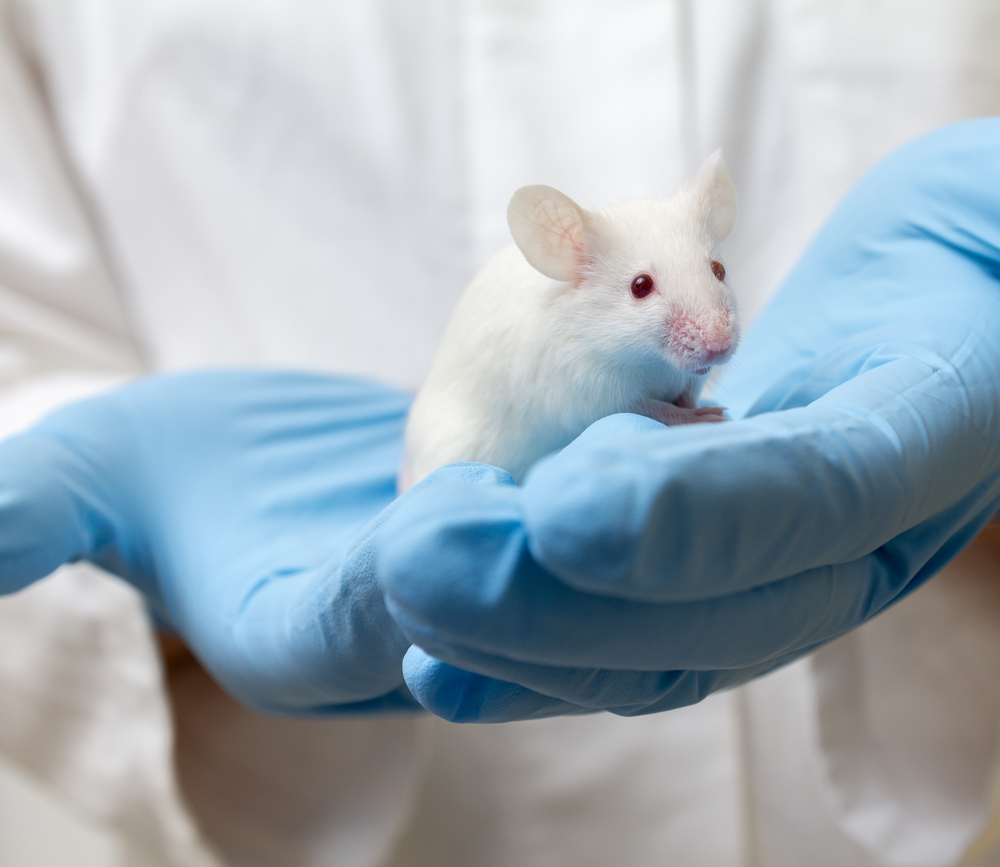Batten Disease Biomarker Research Influenced by Husbandry Conditions Among Mice, Study Finds

Husbandry conditions of mouse models of CLN3-Batten disease may influence research outcomes, such as potential disease biomarkers, a new study reports.
Researchers highlight the need to standardize the environment where animals are maintained to identify robust biomarkers that might help develop therapeutics for Batten disease subtypes.
The study, “Searching for novel biomarkers using a mouse model of CLN3-Batten disease,” was published in the journal PLOS One.
The most common forms of Batten disease in children stem from mutations in one of three genes, called CLN1, CLN2 or CLN3, which affect the ability of cells to get rid of waste products. As a result, this toxic waste accumulates inside cells, disrupting their function. The effects are particularly severe for nerve cells in the brain and cells of the eye, but also affect the skin and other tissues.
CLN3-Batten disease is characterised by progressive blindness and seizures that are difficult to control, followed by motor and cognitive decline.
While therapeutics for other forms of Batten disease have significantly advanced in the last decade, CLN3-Batten disease remains without effective treatments.
Identifying biomarkers for CLN3-Batten disease is key to developing appropriate therapeutics, and mouse models are a potential tool for accelerating the identification of useful markers.
Researchers used a CLN3-Batten disease mouse model (named Cln3Δex7/8) which recapitulates many features of human CLN3-Batten disease — accumulation of waste material, nerve cells’ degeneration, behavioral deficits and activation of other cells in the brain.
Previous studies have used this mouse model for biomarker identification, but external factors, such as differences in husbandry conditions, may influence the results.
The team assessed the robustness of potential biomarkers for CLN3-Batten disease across the Cln3Δex7/8 mouse model raised and housed at three institutions — The University of Nebraska Medical Center, Nebraska; the Rosalind Franklin University of Medicine and Science, Illinois, and Sanford Research, South Dakota.
Researchers performed blood analysis on the mouse models from the University of Nebraska Medical Center and Sanford Research, and respective controls (normal mice with a fully functional CLN3 gene). The blood analysis was performed in animals at 1, 3, 6, and 12 months old.
Additionally, the Batten mouse model and controls from all three institutions were analyzed for several blood metabolites — calcium, cholesterol, alanine aminotransferase, and albumin, among others — and potential biomarkers, such as ferritin (a protein that stores iron), and a parameter linked to the size of red blood cells called MCV (short for red blood cell mean corpuscular volume).
Researchers found that several of the parameters analyzed were influenced by husbandry conditions at each research institution, a fluctuation detected in both controls and Cln3Δex7/8 mice. These included the levels of ferritin, red blood cell counts and MCV.
The husbandry conditions also influenced the number of certain blood cells, namely platelets and lymphocytes, an important type of immune cell that includes T and B cells.
While changes in the levels of ferritin were previously suggested as a potential biomarker for CLN3-Batten, “we did not find significant differences between our three colonies of wild-type and Cln3Δex7/8 mice,” researchers wrote.
The same was observed for differences in MCV, with researchers observing no differences between controls and the CLN3-Batten mouse model.
One thing that might explain the different results is the age of mice — in the present study, mice were much older (5 months) compared to previous studies (12–19 weeks).
Overall, “our results highlight the importance of standardizing the environment and likely the age of the animals as much as possible when searching for relevant biomarkers of genetic diseases,” the authors concluded.



